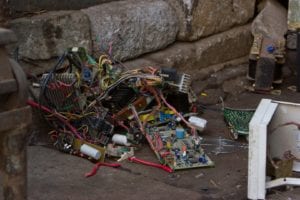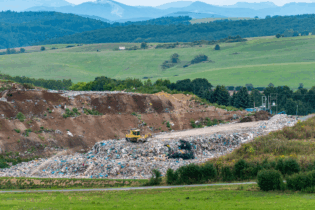Study objectives
“The aim of the study was to assess the technology currently used in the dismantling, pre-processing and processing of e-waste in South Africa,” says Linda Godfrey, manager of the Waste RDI Roadmap Implementation Unit at the CSIR. “By knowing what technology is currently in use and where the gaps are, we are able to identify new areas for research and innovation, both technological and social innovation,” she adds. However, Godfrey explains that this study was always going to be about more than just identifying research needs. “To identify new opportunities for research and innovation, the project team needed to generate a picture of the e-waste recycling landscape in South Africa, the various role players and the flows of e-waste within and beyond the borders of the country,” says Makhapa Makhafola, general manager of research and development at Mintek. Determining the material flows for various e-waste fractions (such as metal, glass, and plastic) was important in identifying opportunities for South Africa’s e-waste recycling economy. “The question we face is: How do we retain our secondary resources, such as e-waste, for as long as possible in our local value chain before they move into the global economy?” Godfrey says.SA’s e-waste challenges and employment
However, a startling finding of the study was that the growth of South Africa’s e-waste recycling sector is not actually determined by technology or skills. The biggest constraint to growing South Africa’s e-waste recycling economy is access to the waste.The last official statistics for South Africa (2011) showed that only 11% of the e-waste generated in the country was recycled.
“This doesn’t mean that 89% of our end-of-life electrical and electronic equipment ends up in landfills, although there certainly is leakage,” Godfrey says. “Instead, much of our e-waste is locked up in offices, homes, storerooms and so forth.” She explains that by increasing the collection, sorting and recycling of waste in South Africa, we create more opportunities to recover valuable resources that can feed into downstream manufacturing, and as a result, more opportunities for jobs and enterprise development. The research showed that currently, the sector generates around 25 jobs per 1,000 tonnes of handled e-waste. “If we can unlock this uncollected e-waste into the local value chain, we can create opportunities to grow South Africa’s e-waste recycling economy, as well as opportunities to increase investment in appropriate technologies and in innovative new technologies,” Godfrey says.








